
Imagine a world where you can combine the best qualities of Aggregate Type 1 Type 2 effortlessly. From increased durability to improved performance, the possibilities are endless.
In this article, we will explore the fascinating concept of “Aggregate Type 1 Type 2” and how it has revolutionized the construction industry. Get ready to discover a game-changing innovation that is set to transform the way we build structures.
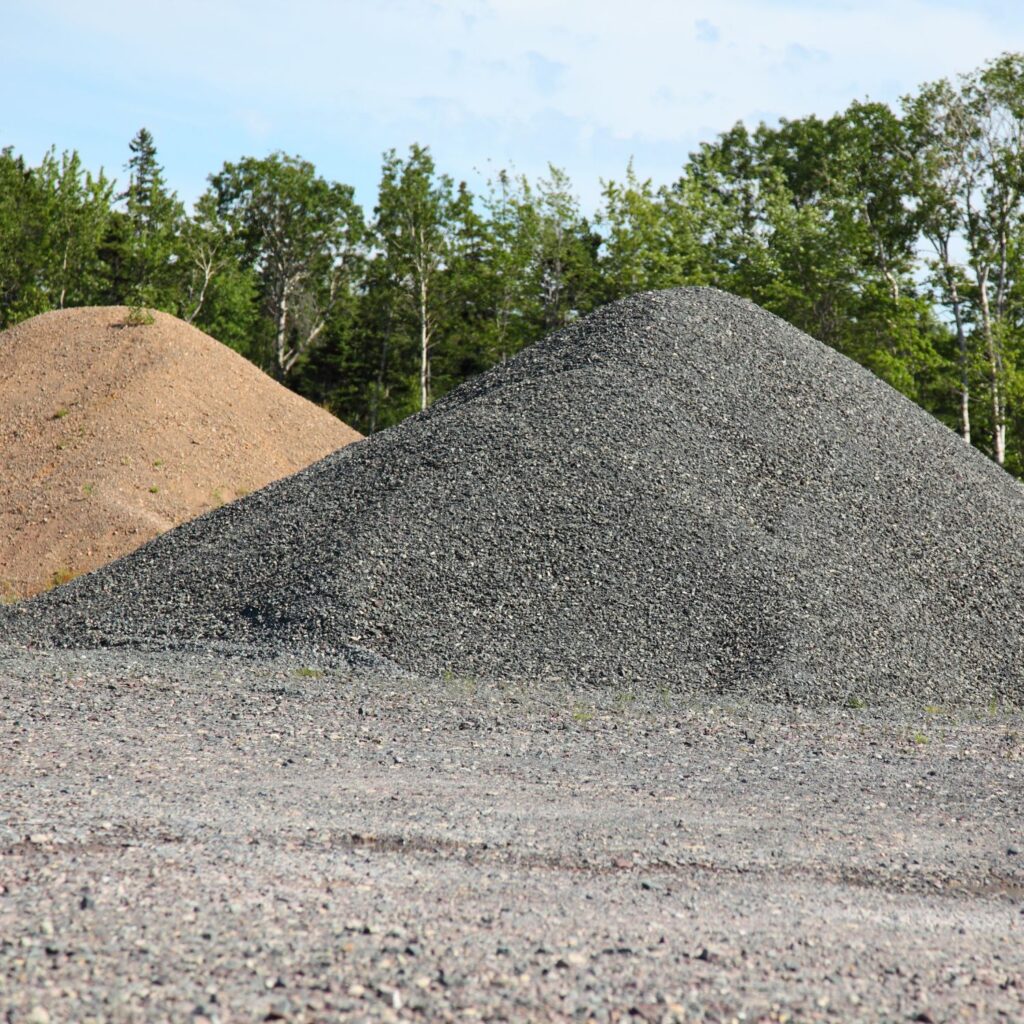
Definition of Aggregate Type 1
Aggregate Type 1 refers to a specific classification of aggregate used in construction and other applications. Aggregates are granular materials, such as sand, gravel, crushed stone, or recycled concrete, that are combined with a binding agent, like cement, to create various construction materials. Aggregate Type 1 is characterized by its particle size, sources, strength, and appearance, all of which contribute to its unique properties and applications. Understanding the characteristics and uses of Aggregate Type 1 is essential for selecting the right material for specific construction projects.
Characteristics of Aggregate Type 1
Aggregate Type 1 exhibits specific characteristics that distinguish it from other types of aggregates. One key characteristic is its particle size, which is typically larger compared to fine aggregates. The particles of Aggregate Type 1 range in size from 2.36 mm to 75 mm, making them suitable for applications where larger aggregates are required. Another characteristic of Aggregate Type 1 is its availability from various sources, including natural quarries and recycled materials. This availability ensures a consistent supply of Aggregate Type 1 for construction projects. Moreover, Aggregate Type 1 is known for its strength and durability, making it suitable for load-bearing applications that require robust materials. Lastly, the color and appearance of Aggregate Type 1 may vary depending on the source, but it generally has a natural or coarse appearance.
Common Uses of Aggregate Type 1
Aggregate Type 1 finds application in various construction projects due to its unique characteristics. One common use of Aggregate Type 1 is as a road base material. The larger particle size of this aggregate helps provide stability and support to roads, ensuring their longevity and resistance to heavy traffic loads. Aggregate Type 1 is also widely used in the production of concrete, serving as a primary ingredient that adds strength and bulk to the mixture. In addition, Aggregate Type 1 is used for drainage purposes, especially in areas prone to excessive water accumulation. The size and permeability of this aggregate aid in effective water drainage and prevent the formation of stagnant water.
Benefits of Using Aggregate Type 1
Using Aggregate Type 1 in construction projects offers several benefits. Firstly, the larger particle size of this aggregate enhances the overall strength and structural integrity of the materials it is incorporated into. This strength makes it ideal for load-bearing structures and applications that require durability, such as road construction and concrete production. Additionally, Aggregate Type 1’s availability from diverse sources ensures a steady supply, reducing the risk of material shortages and project delays. The natural or coarse appearance of Aggregate Type 1 also adds an aesthetic appeal to certain construction projects, particularly those that aim for a more rugged or organic look. Furthermore, Aggregate Type 1 is cost-effective, as it is relatively affordable compared to other types of aggregates, making it a preferred choice for budget-conscious projects.
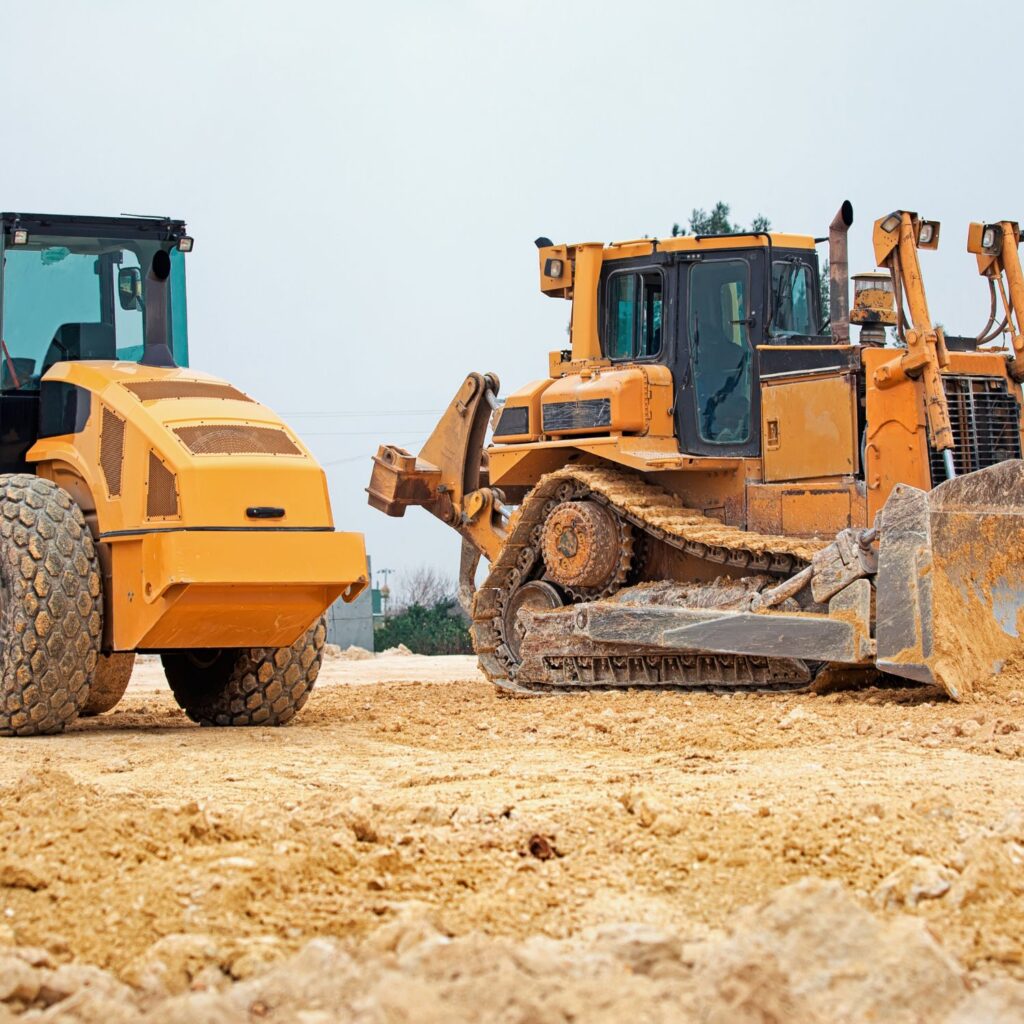
Definition of Aggregate Type 2
Aggregate Type 2 is another classification of aggregate used in construction. Similar to Aggregate Type 1, this type refers to granular materials used in conjunction with binding agents to create construction materials. However, Aggregate Type 2 differs in its specific characteristics, uses, and applications. Understanding the properties and applications of Aggregate Type 2 is crucial for selecting the appropriate material for construction projects.
Characteristics of Aggregate Type 2
Aggregate Type 2 possesses distinct characteristics that set it apart from other types of aggregates. One notable characteristic is its particle size, which is typically smaller compared to Type 1 aggregates. The particle size of Aggregate Type 2 ranges from 4.75 mm to 75 µm, making it suitable for applications that require finer aggregates. Another characteristic of Aggregate Type 2 is its versatility, as it can be sourced from various materials, including natural sources and crushed stone. This versatility ensures a wide availability of Aggregate Type 2 for construction projects. Furthermore, Aggregate Type 2 exhibits excellent strength and durability properties, making it suitable for structures that require compacted and stable materials. Lastly, the color and appearance of Aggregate Type 2 can vary depending on the source, but it is generally finer and more uniform than Type 1 aggregates.
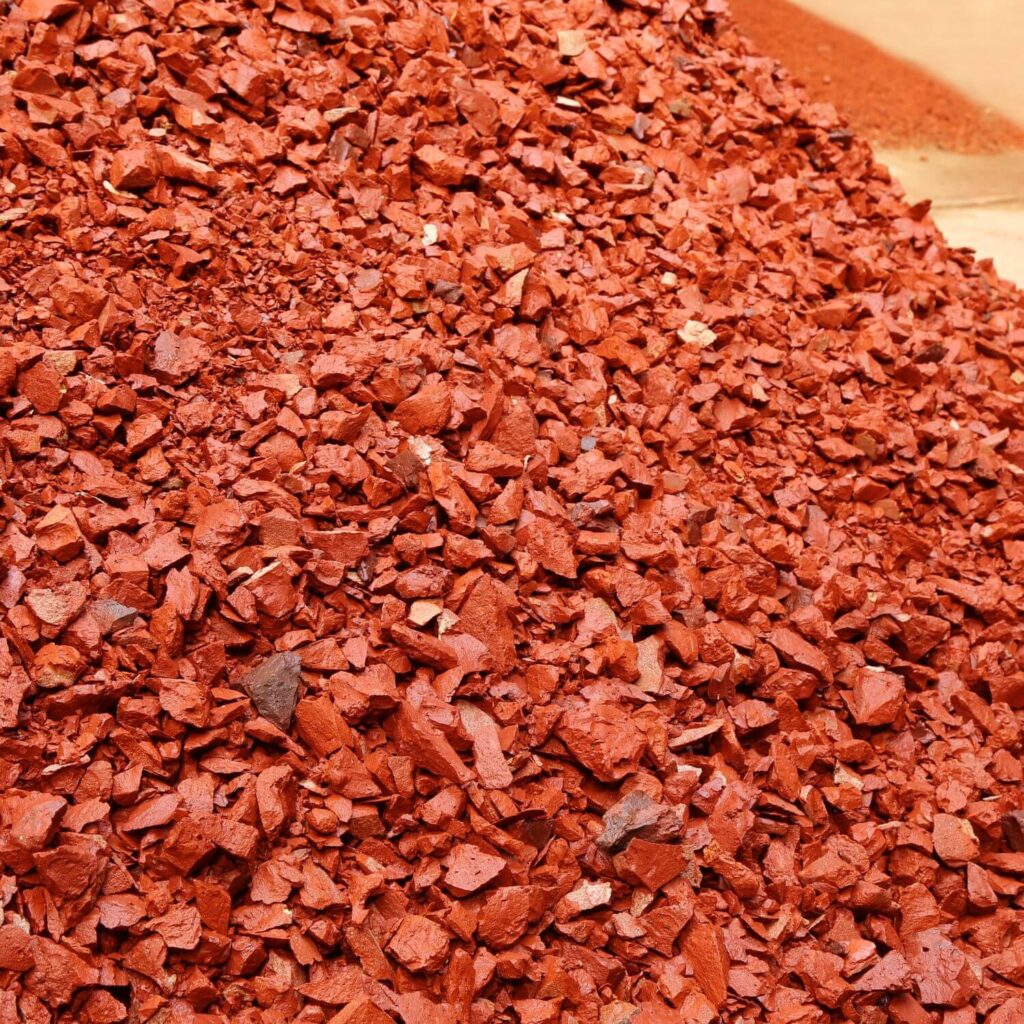
Common Uses of Aggregate Type 2
Aggregate Type 2 serves several common applications in the construction industry. One prominent use of this aggregate is in decorative landscaping projects. Due to its smaller particle size and uniform appearance, Aggregate Type 2 is often utilized as a decorative element in gardens, walkways, and outdoor spaces. It can provide a visually appealing finish to landscaping designs, achieving a polished and refined look. Additionally, Aggregate Type 2 is commonly used in fine aggregate applications, such as for the production of mortar and grout. Its smaller particle size allows for better workability and proves to be an essential component in achieving the desired consistency and strength of these construction materials. Moreover, Aggregate Type 2 is suitable for playgrounds and sports surfaces, where a smooth and consistent surface is necessary to prevent injury and ensure adequate performance of athletes.
Benefits of Using Aggregate Type 2
Incorporating Aggregate Type 2 into construction projects offers several advantages. Firstly, its smaller particle size allows for better workability and improved bonding properties with binding agents, leading to enhanced structural strength. This characteristic makes it particularly suitable for fine aggregate applications such as mortar and grout, where consistency and workability are crucial. Secondly, the availability of Aggregate Type 2 from various sources ensures a reliable supply for construction projects, reducing the risk of material shortages and project delays. Additionally, the finer and more uniform appearance of Aggregate Type 2 contributes to its aesthetic appeal, especially in decorative landscaping applications. This aggregate can provide a sleek and polished finish, enhancing the visual appeal of outdoor spaces. Lastly, like Aggregate Type 1, Aggregate Type 2 is cost-effective, making it a preferred choice for projects with budget constraints.
Differences Between Aggregate Type 1 Type 2
Aggregate Type 1 Type 2 exhibit significant differences in various aspects, including particle size, sources, strength, durability, color, and appearance. Understanding these differences is essential for selecting the appropriate aggregate type for specific construction projects.
Particle Size
The particle size of Aggregate Type 1 ranges from 2.36 mm to 75 mm, making it larger compared to the particle size of Aggregate Type 2, which ranges from 4.75 mm to 75 µm. This difference in particle size affects the applications and structural properties of the aggregates.
Aggregate Sources
Aggregate Type 1 can be sourced from natural quarries, recycled concrete, or other sustainable materials. Its availability from various sources ensures a consistent supply for construction projects. On the other hand, Aggregate Type 2 can also be sourced from natural materials and crushed stone, providing versatility in the availability of this aggregate.
Strength and Durability
Aggregate Type 1 is known for its strength and durability. The larger particle size enhances its load-bearing capacity, making it suitable for applications that require robust materials. Conversely, Aggregate Type 2 also exhibits excellent strength and durability, although it is likely to have lower load-bearing capacity due to its smaller particle size.
Color and Appearance
Aggregate Type 1 typically has a natural or coarse appearance, contributing to a rugged or organic look in construction projects. In contrast, Aggregate Type 2 tends to have a finer and more uniform appearance, making it suitable for applications that require a polished and refined finish.
Choosing the Right Aggregate Type
Choosing the right aggregate type for construction projects involves considering several factors, including specific applications, cost, availability, and environmental impact.
Consideration Factors
When selecting the appropriate aggregate type, it is essential to consider factors such as the intended use, load-bearing requirements, and desired appearance of the finished project. Understanding the specific requirements of the construction project will inform the decision-making process regarding the aggregate type.
Specific Applications
Different aggregate types are better suited for specific applications. Aggregate Type 1 is commonly used in road base construction, concrete production, and drainage systems due to its large particle size and strength. Aggregate Type 2, with its smaller particle size, is suitable for fine aggregate applications, decorative landscaping, and sports surfaces.
Cost and Availability
Considering the cost and availability of aggregate types is crucial in construction projects. Aggregate Type 1 Type 2 are generally cost-effective options, but the availability of each may vary depending on the location and sourcing options. It is important to assess the availability and cost of the desired aggregate type to ensure a sufficient and affordable supply.
Aggregate Testing Methods
To ensure the quality and suitability of aggregates for construction projects, various testing methods are employed. These methods assess the physical and mechanical properties of the aggregates, providing valuable data for material selection and quality control.
Sieve Analysis
Sieve analysis is a widely-used testing method that determines the particle size distribution of aggregates. By passing the aggregate sample through a series of sieves with different mesh sizes, the percentage of particles retained in each sieve can be determined. This analysis helps assess the gradation and suitability of aggregates for specific applications.
Specific Gravity
Specific gravity testing determines the density of aggregates relative to water. This test helps evaluate the compactness and suitability of aggregates for various construction applications. It also aids in identifying impurities or contamination within the aggregate material.
Water Absorption
Water absorption testing assesses the amount of water absorbed by aggregates. This test helps determine the porosity and moisture content of aggregates, providing insights into their durability and resistance to weathering.
Abrasion Resistance
Abrasion resistance testing measures the ability of aggregates to withstand surface abrasion. It helps determine the durability and wear resistance of aggregates, particularly in applications that involve exposure to friction, such as road construction or pavement.
Gradation
Gradation testing evaluates the distribution of particle sizes in aggregates. This test provides information on the ideal gradation for specific applications, ensuring optimal performance and structural integrity of construction materials.
Aggregate Type 1 in Construction
Aggregate Type 1 finds extensive application in various construction projects due to its unique properties and characteristics. Some common uses of Aggregate Type 1 are in road base construction, concrete production, and drainage systems.
Road Base
Aggregate Type 1 is widely used as a road base material. Its larger particle size provides stability and support to road surfaces, withstanding heavy traffic loads and preventing the formation of potholes. This aggregate type helps ensure the longevity of roads by distributing the weight of vehicles evenly and reducing the risk of structural damage.
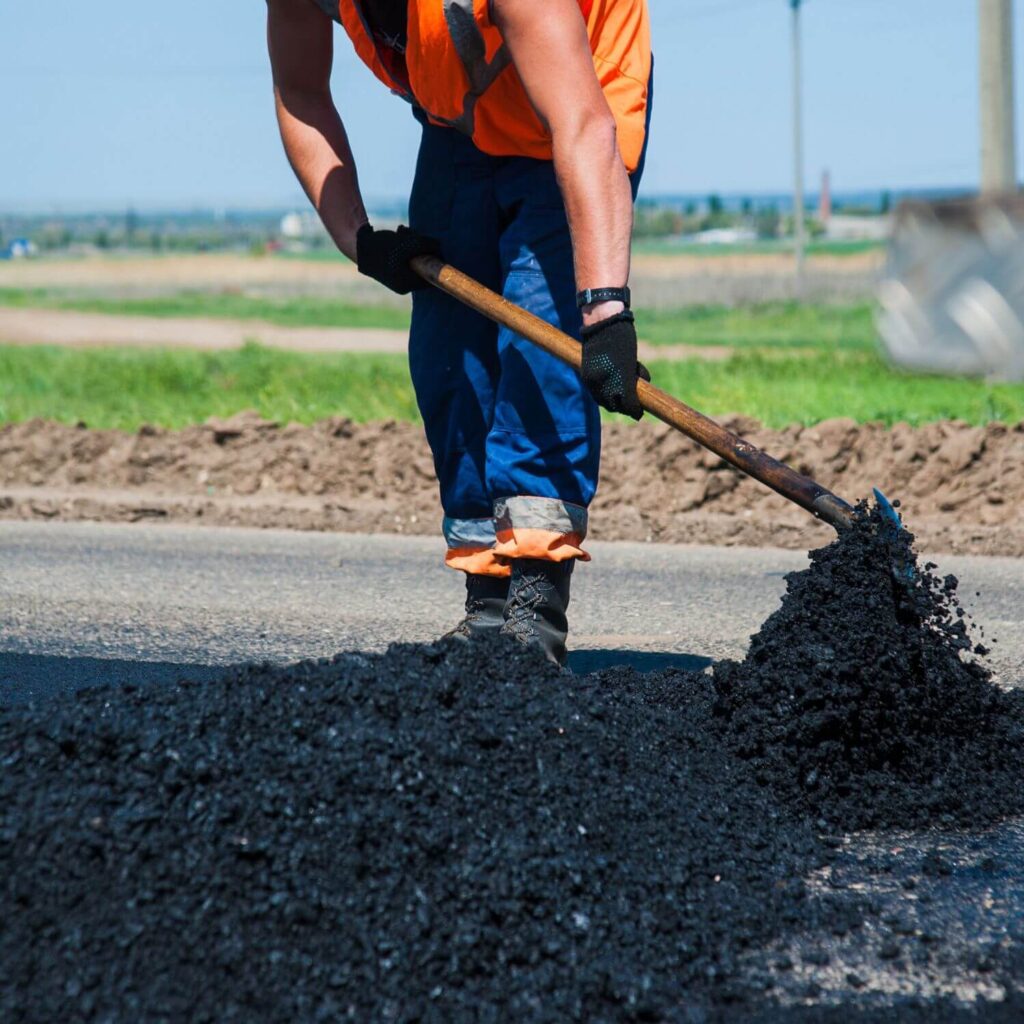
Concrete Aggregates
Aggregate Type 1 serves as an essential ingredient in the production of concrete. By combining this aggregate with cement and water, a strong and durable concrete mixture is created. The particle size and strength of Aggregate Type 1 contribute to the overall robustness of the concrete, enabling it to withstand various environmental and structural stresses.
Drainage
The size and permeability of Aggregate Type 1 make it suitable for drainage applications. This aggregate aids in effective water drainage by allowing water to flow through its gaps and prevent the formation of stagnant water, which can cause waterlogging and related issues. Aggregate Type 1 is commonly used in drainage systems, such as French drains and trench drains, to efficiently redirect water and prevent water-related damage.
Aggregate Type 2 in Construction
Aggregate Type 2 offers unique characteristics and applications in the construction industry. It finds common use in decorative landscaping, fine aggregate applications, and playgrounds/sports surfaces.
Decorative Landscaping
Aggregate Type 2 is an ideal choice for decorative landscaping projects. Due to its smaller particle size and uniform appearance, it can be used to create visually appealing pathways, garden borders, or outdoor features. The fine and consistent texture of this aggregate adds an element of refinement and elegance to landscaping designs, enhancing the overall aesthetic appeal of the outdoor environment.
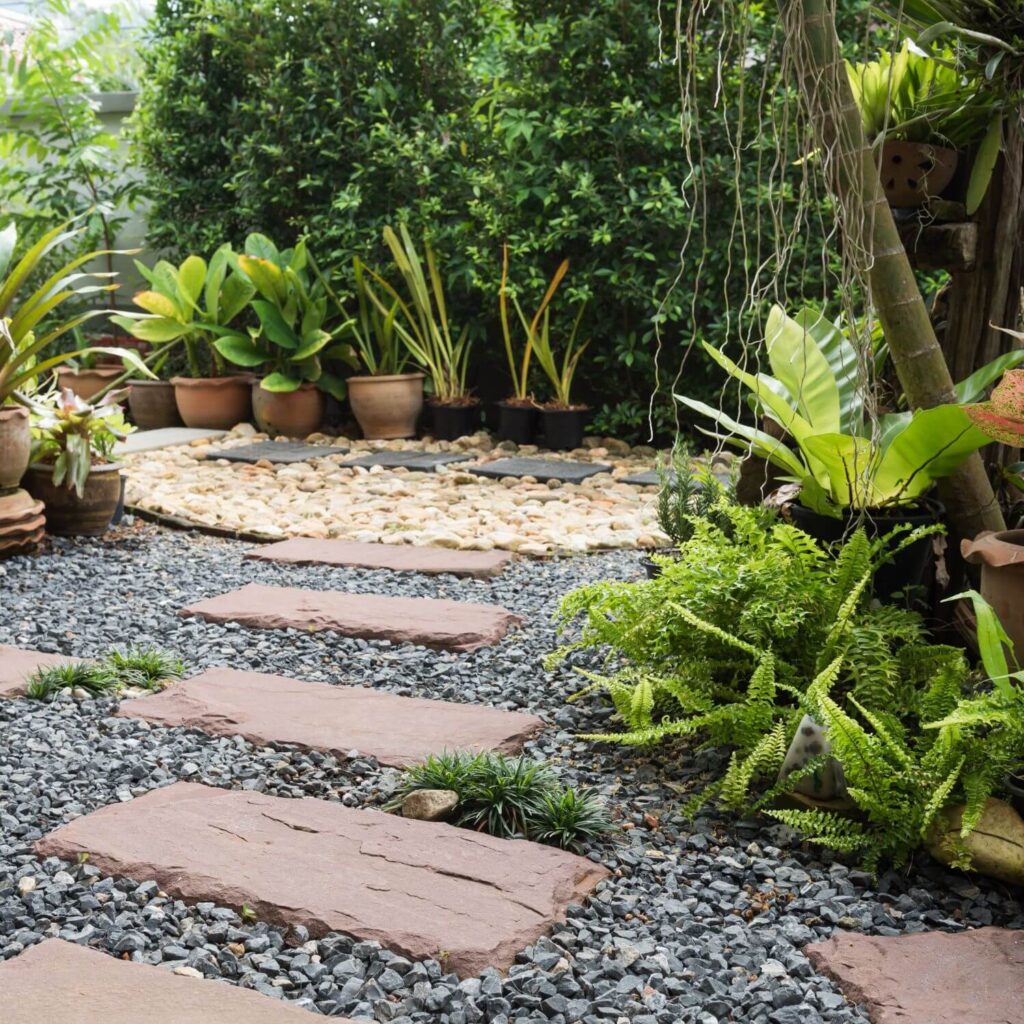
Fine Aggregate Applications
In fine aggregate applications, such as for mortar and grout production, Aggregate Type 2 plays a vital role. Its smaller particle size ensures better workability and bonding properties, allowing for the creation of consistent and strong construction materials. Fine aggregates are essential in achieving the desired consistency, texture, and strength of mortar and grout, which are crucial components in various construction processes.
Playgrounds and Sports Surfaces
Aggregate Type 2’s smooth and uniform appearance, combined with its durability, makes it suitable for playgrounds and sports surfaces. When used as a surfacing material in playgrounds, it provides a safe and comfortable playing environment, minimizing the risk of injuries caused by falls. Additionally, it offers good traction and reduces the likelihood of slips or falls on sports surfaces, ensuring optimal performance for athletes and recreational activities.
Environmental Considerations
In recent years, environmental considerations have become increasingly important in construction projects. When selecting between Aggregate Type 1 Type 2, factors such as sustainability, recycled content, and life cycle assessment should be taken into account.
Sustainability
Sustainable construction practices aim to minimize the environmental impact by preserving resources and reducing waste. Both Aggregate Type 1 Type 2 can contribute to sustainable construction due to their ability to be sourced from natural materials or recycled sources. The availability of these aggregates ensures a reduced reliance on virgin materials, supporting a more sustainable construction industry.
Recycled Content
Utilizing recycled aggregates, such as recycled concrete, can significantly reduce the demand for virgin materials and contribute to waste reduction. Both Aggregate Type 1 Type 2 can be obtained from recycled sources, offering a solution to environmental concerns and promoting a circular economy.
Life Cycle Assessment
Life cycle assessment (LCA) is a comprehensive method that evaluates the environmental impact of materials throughout their life cycle, from extraction to disposal. Considering the life cycle assessment of aggregate types can provide valuable insights into their overall sustainability and carbon footprint. Incorporating aggregates with lower environmental impacts can contribute to a more sustainable construction industry.
Aggregate Type 1 Type 2 Industry Standards
Industry standards play a crucial role in ensuring the quality, performance, and safety of construction materials. Several organizations, such as ASTM International and the European Union, have established standards for both Aggregate Type 1 Type 2.
ASTM International Standards
ASTM International, formerly known as the American Society for Testing and Materials, develops and publishes standards for various materials used in construction. ASTM C33 covers the specifications for concrete aggregates, including Aggregate Type 1 Type 2. These standards define the physical and mechanical properties that aggregates must meet to ensure quality and consistency.
European Union Standards
The European Committee for Standardization (CEN) has developed a series of standards for aggregates used in construction. CEN EN 12620 covers the specifications for aggregates for concrete, including Aggregate Type 1 Type 2. These standards outline the requirements for aggregate characteristics, durability, and testing methods, providing a standardized framework for construction projects within the European Union.
Local Codes and Regulations
In addition to international standards, local codes and regulations may exist that dictate the use of specific aggregate types in construction projects. Compliance with these codes and regulations is essential to ensure the quality, safety, and legality of construction materials. It is important to consult local authorities and industry professionals to ensure adherence to specific requirements in a particular region or jurisdiction.
Future Trends and Innovations
As technology and research continue to advance, the construction industry is witnessing future trends and innovations that could potentially revolutionize the use of aggregates. These advancements aim to enhance the performance, sustainability, and efficiency of construction materials.
Advanced Aggregate Technologies
Researchers and engineers are developing advanced aggregate technologies that introduce new materials or modify existing ones to improve their properties. For example, lightweight aggregates can provide similar strength and durability as traditional aggregates but with reduced weight, offering potential benefits in construction projects where weight is a critical factor.
Smart and Self-Healing Aggregates
The development of smart and self-healing aggregates is an exciting innovation in the construction industry. These aggregates are designed to detect and repair cracks or damage in structures autonomously. They can incorporate technologies such as embedded sensors and self-healing agents, enabling enhanced durability and maintenance of construction materials.
Digitalization and Data-Driven Solutions
Digitalization and data-driven solutions are transforming various industries, including construction. The use of advanced technologies, such as artificial intelligence and data analytics, can optimize the selection and usage of aggregates. By analyzing data related to aggregate properties, sourcing options, and performance, construction professionals can make informed decisions and improve the overall efficiency and sustainability of construction projects.
By understanding the definitions, characteristics, and uses of Aggregate Type 1 Type 2, as well as the differences between them, choosing the right aggregate for construction projects becomes easier. Consideration of factors such as specific applications, cost, availability, and environmental impact is essential in selecting the appropriate aggregate. Adopting standardized testing methods and adhering to industry regulations ensures the quality and performance of aggregates. Finally, embracing future trends and innovations in aggregate technology can lead to improved construction materials, enhanced sustainability, and increased efficiency in the construction industry.

